In a strategic move, Russia has announced plans to prolong its scrap export quota until mid-2024, maintaining the quota volume at a steady 600,000 tonnes per year. The distribution of the quota volume among participants is determined based on data from January to December 2023. Notably, the remaining 20% is allocated among companies that have supplied waste and ferrous scrap to Russian steel enterprises.
Recent statistics reveal a noteworthy surge in Russia's ferrous scrap exports to Belarus, with a substantial 17% increase observed in August alone. The cumulative figures for January to August also indicate a significant uptick of 9.3%, reaching a total of 112,330 tonnes. The initial half of the year witnessed a commendable 6% rise in scrap collection, reaching a total of 11.2 million tonnes.
Despite the increase in scrap collection, the data for January to June suggests that scrap consumption in Russia remained relatively constant at 10.2 million tonnes. This stability signals a reassuring trend in the domestic market for scrap collectors, hinting at a balanced and steady demand.
On the international front, Kazakhstan has recently extended its ban on exports of both ferrous and non-ferrous scrap and waste for an additional six months. This decision comes as Kazakhstan exported only 25,000 tonnes of scrap in the first eight months of the year, a stark contrast to the 125,000 tonnes exported in 2021 and the peak of 1 million tonnes recorded in 2019. The move reflects the nation's commitment to regulating its scrap market and maintaining control over valuable resources.


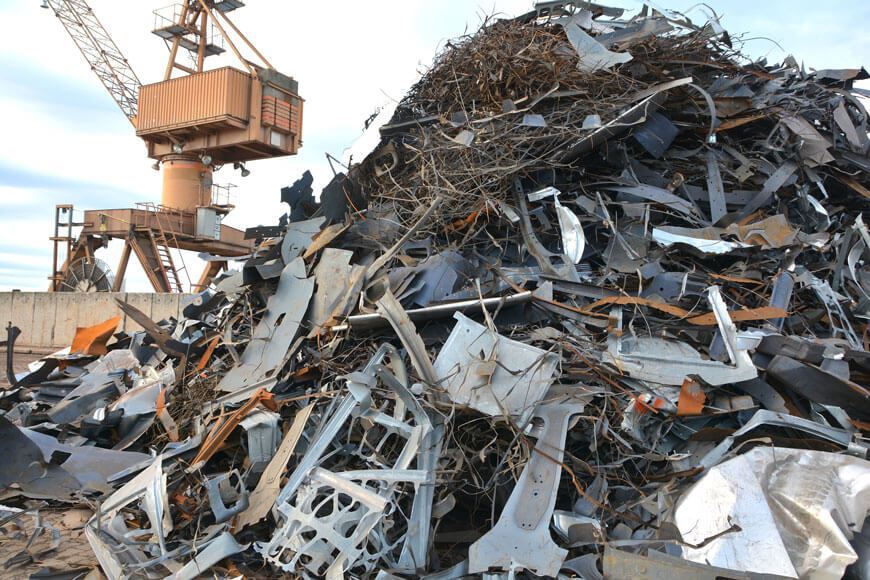
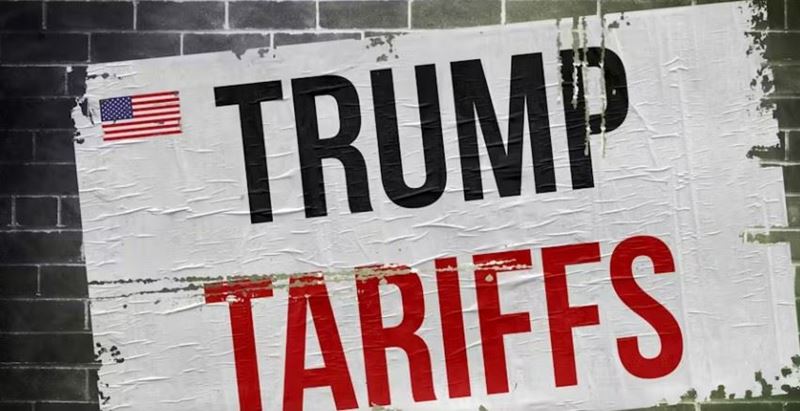

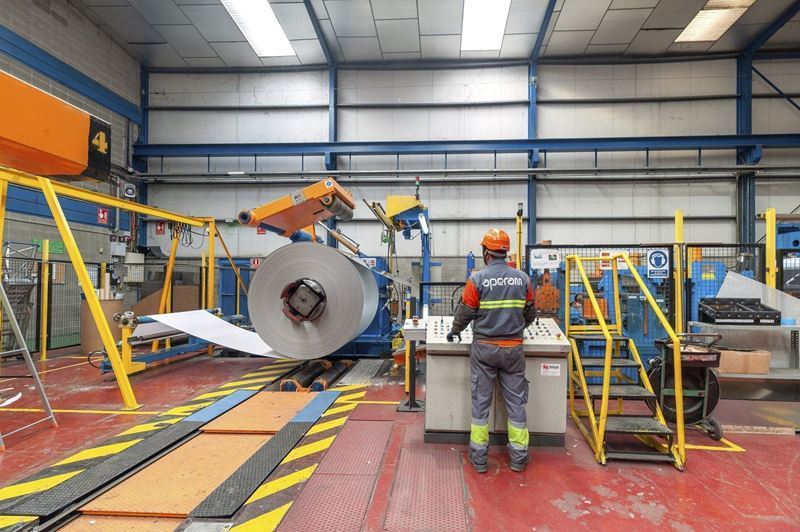
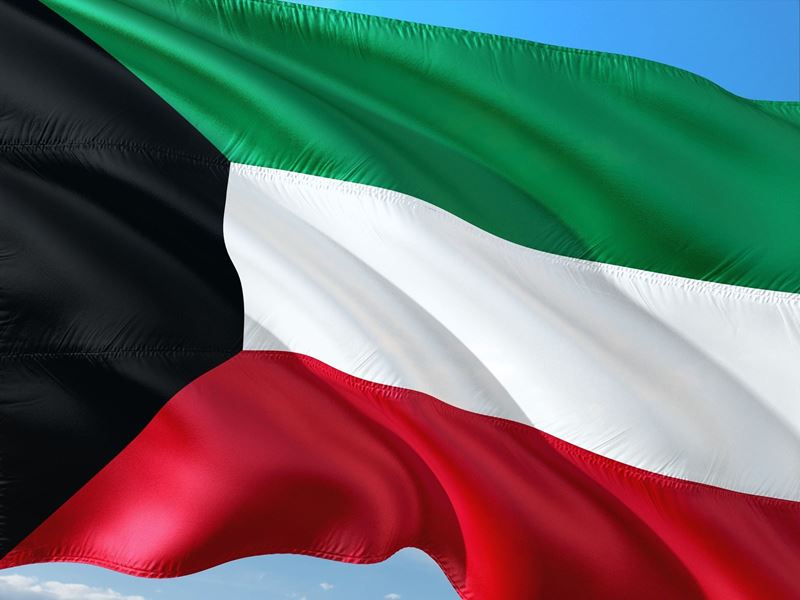
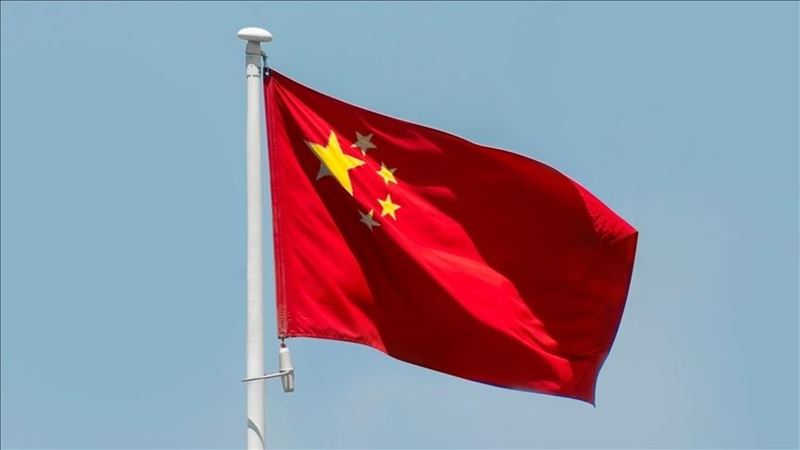

Comments
No comment yet.